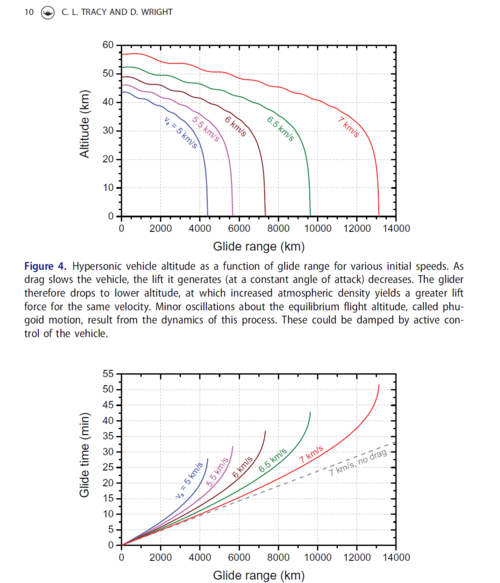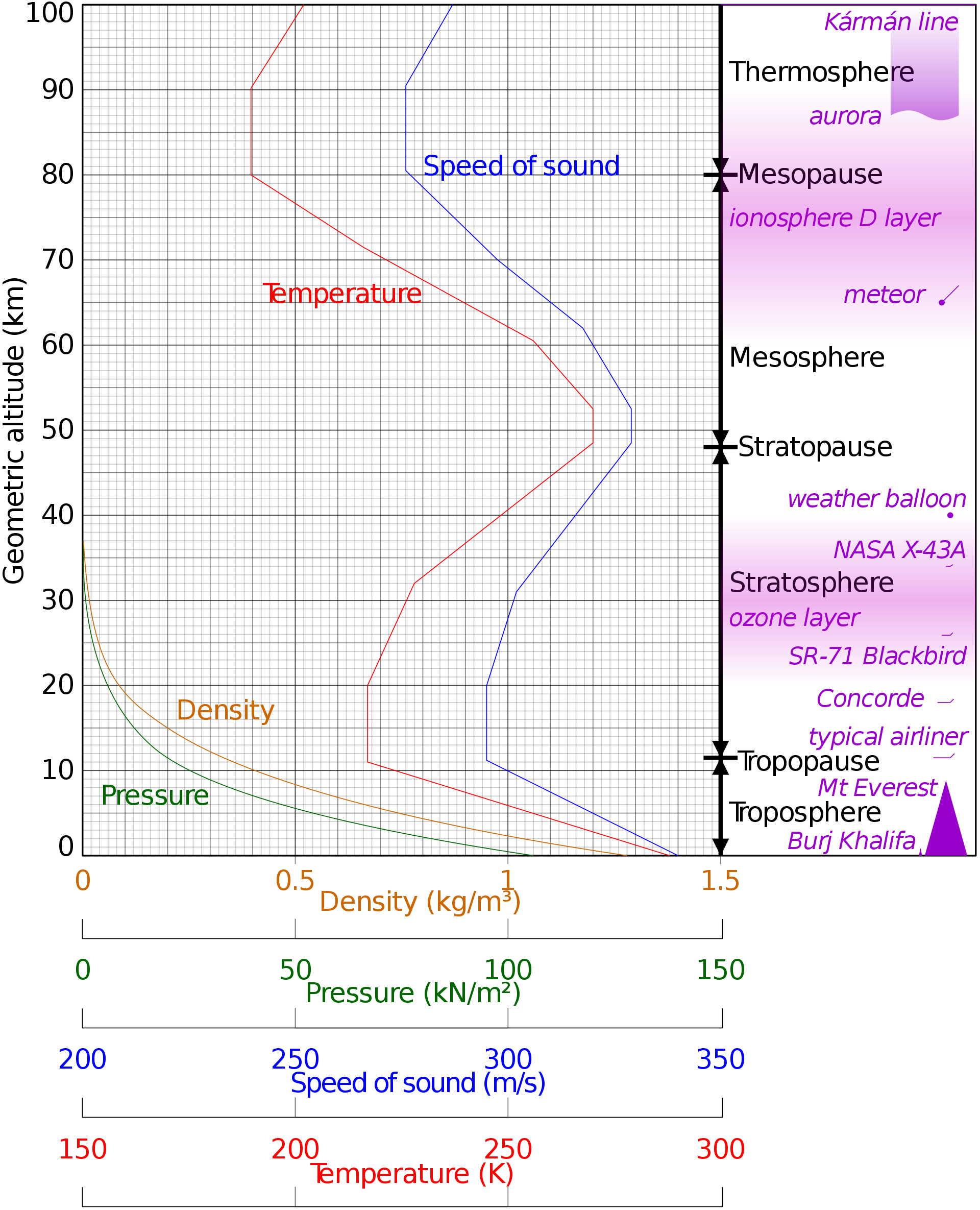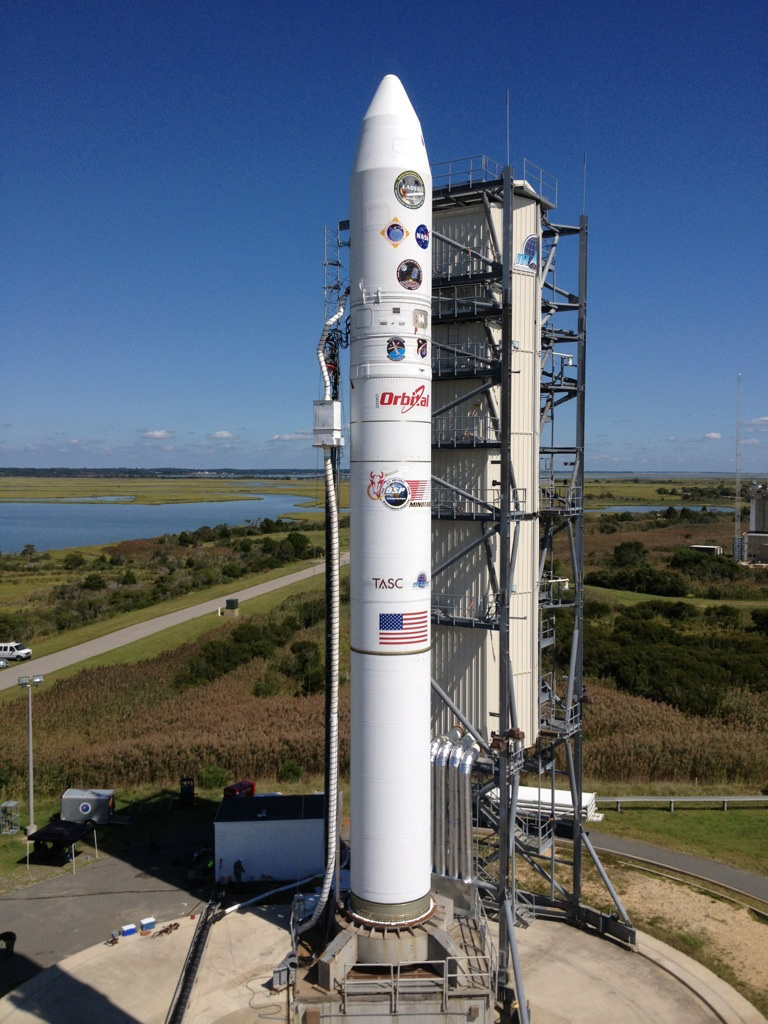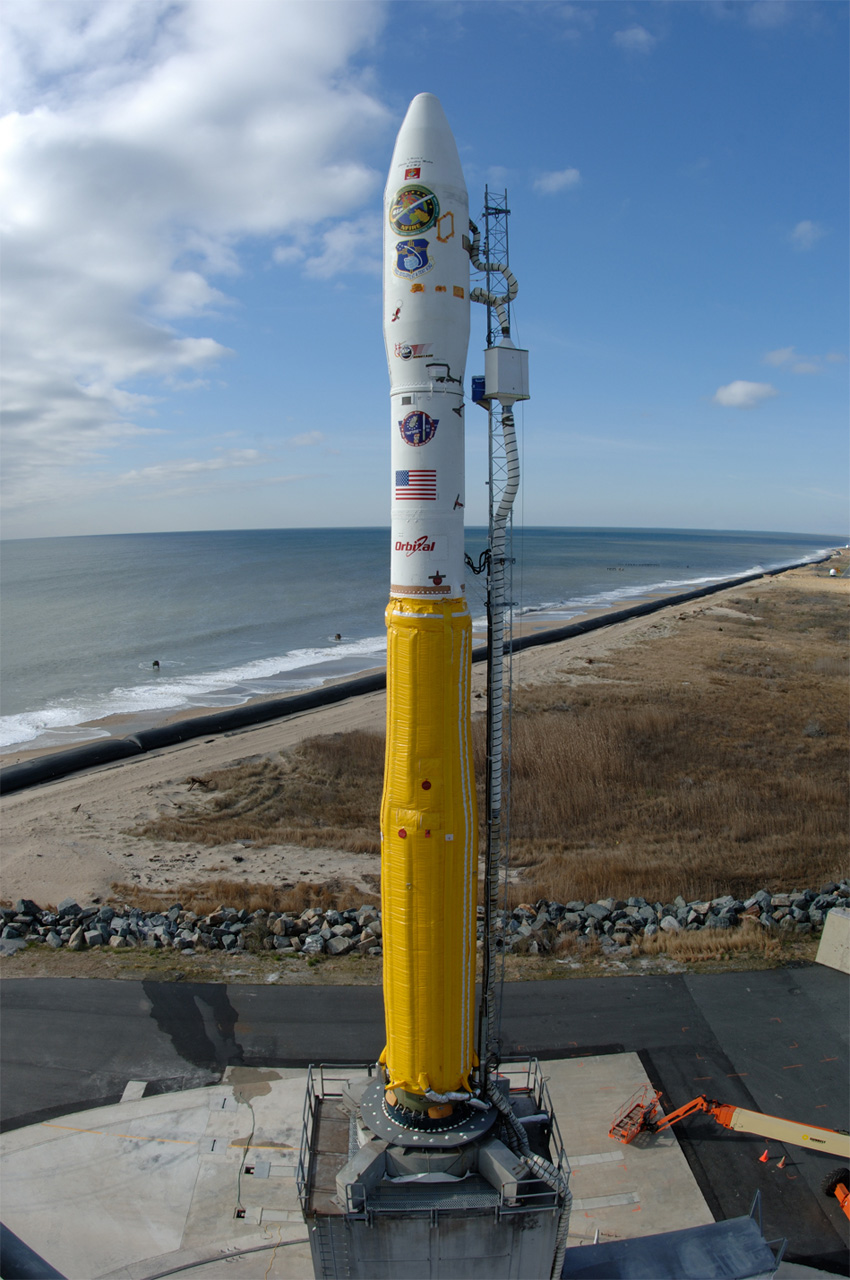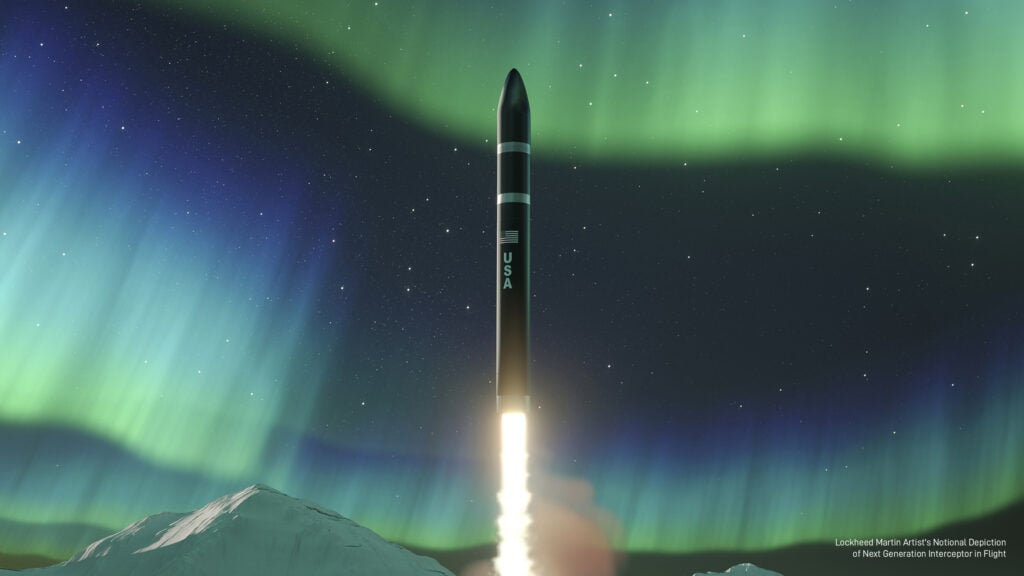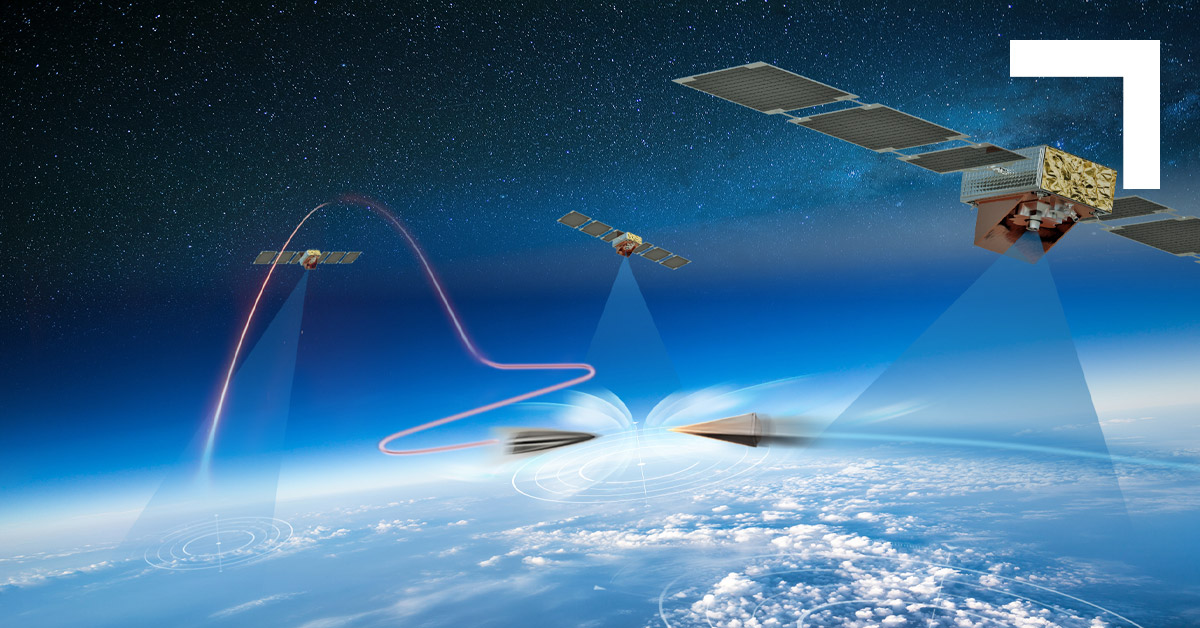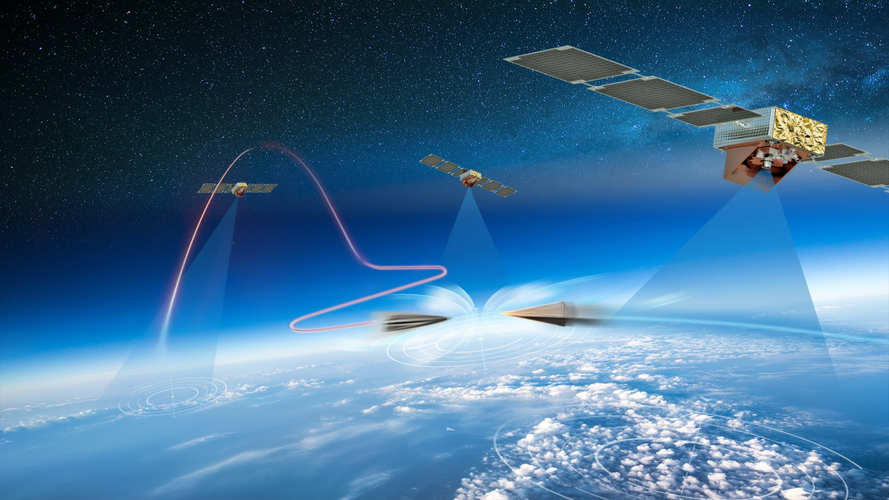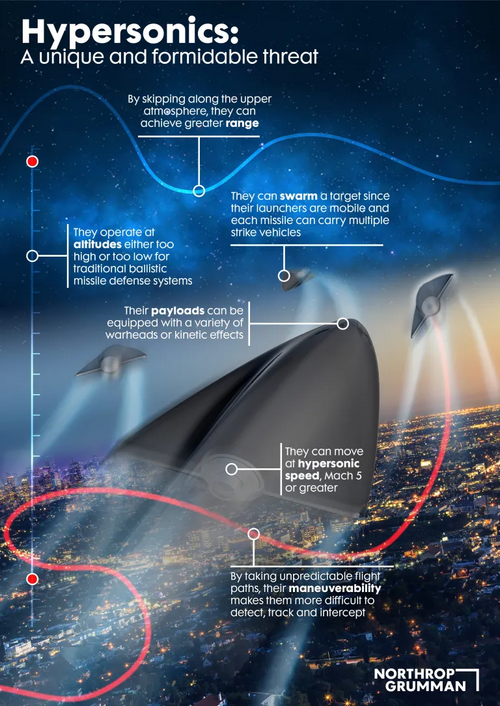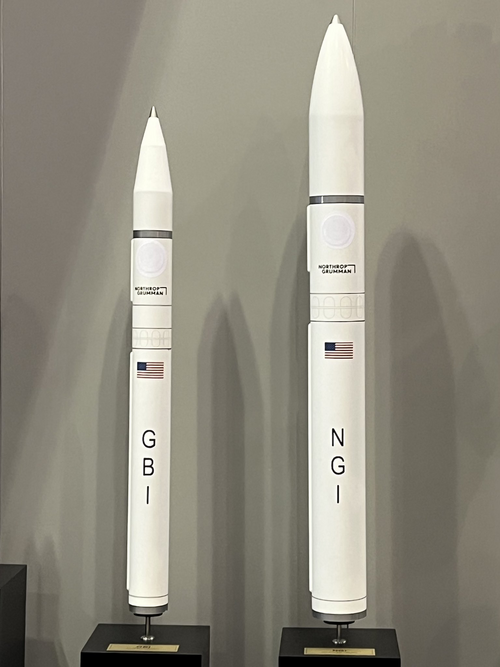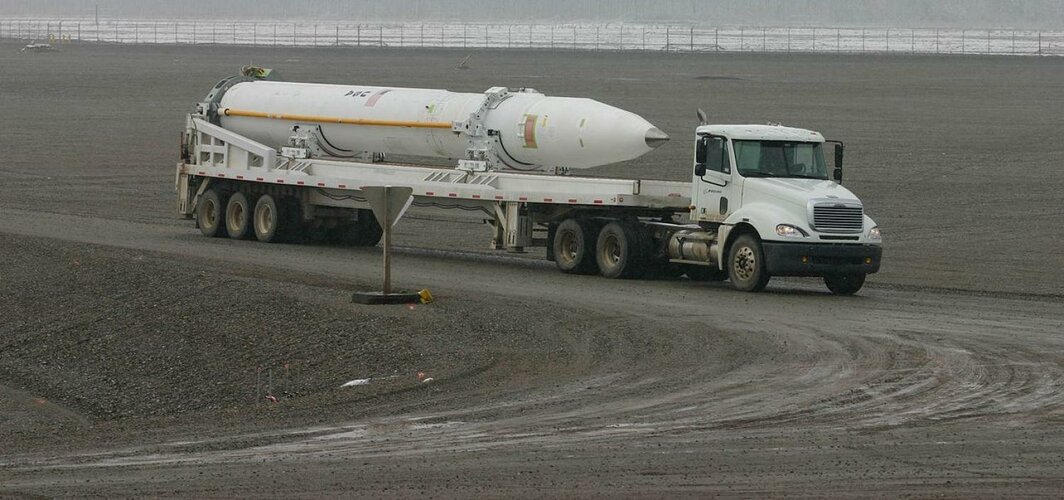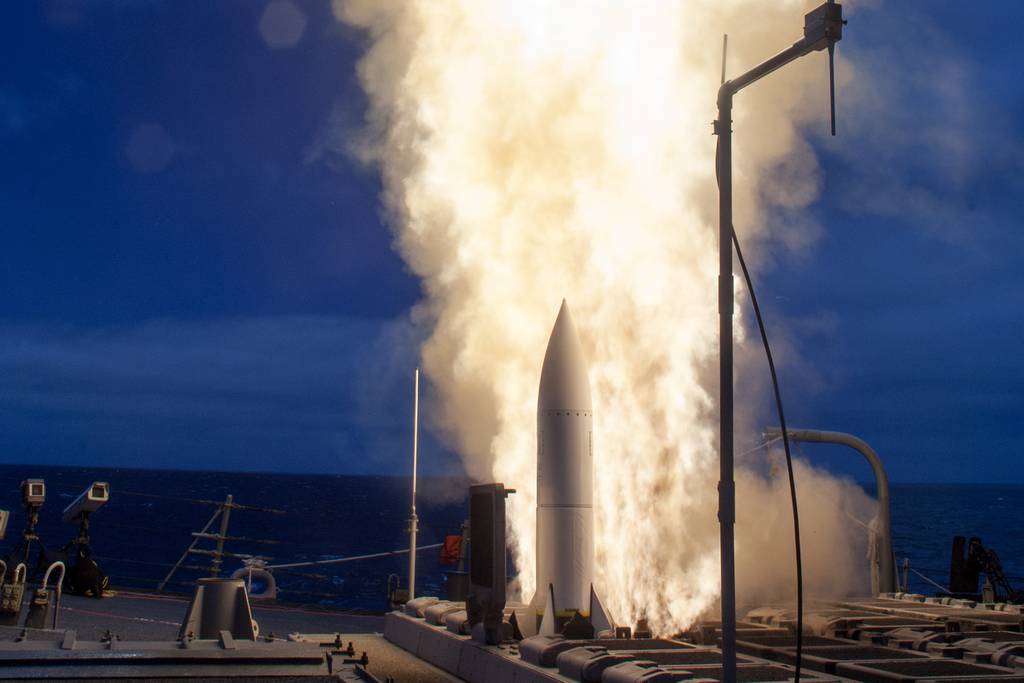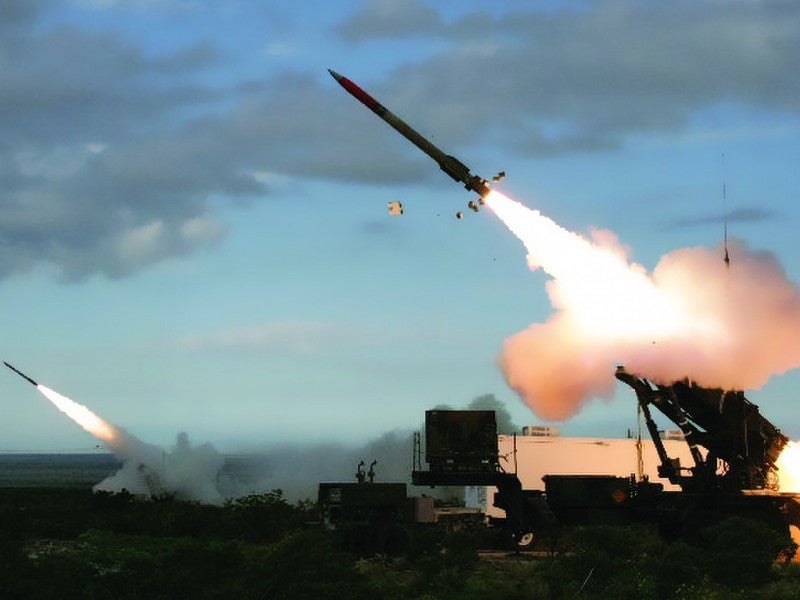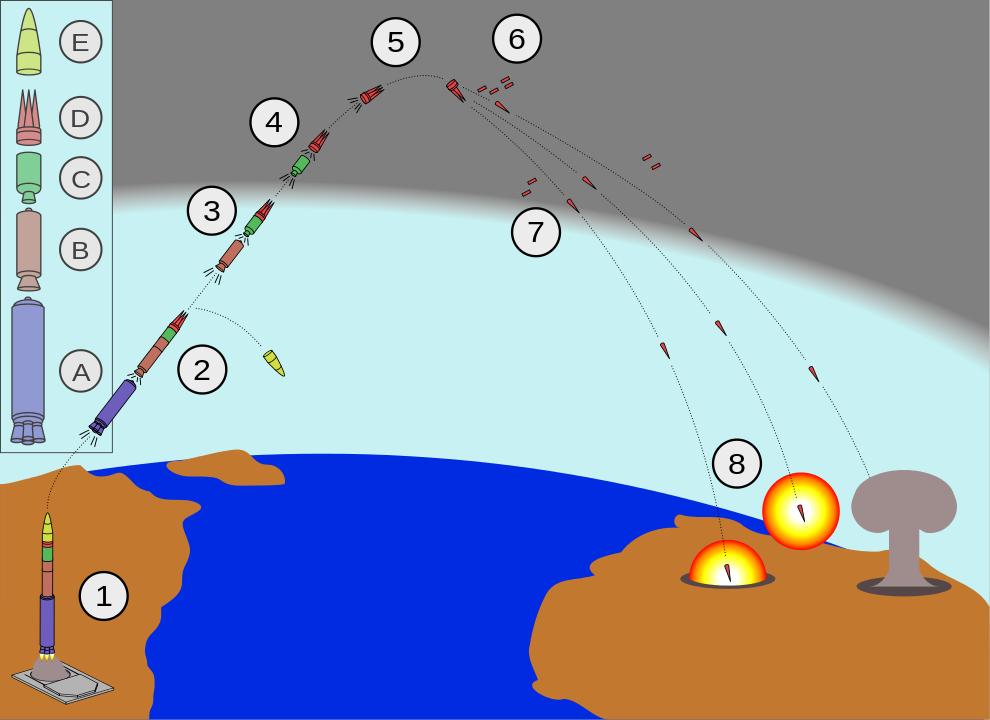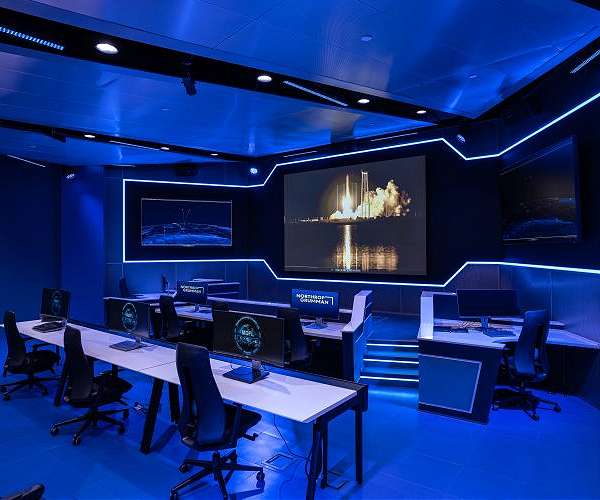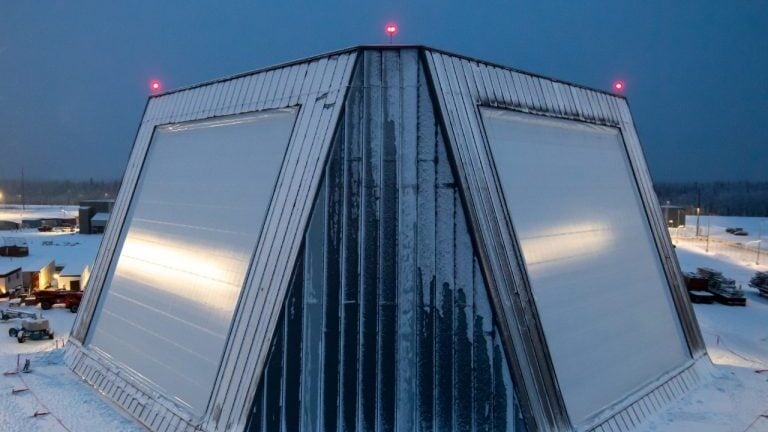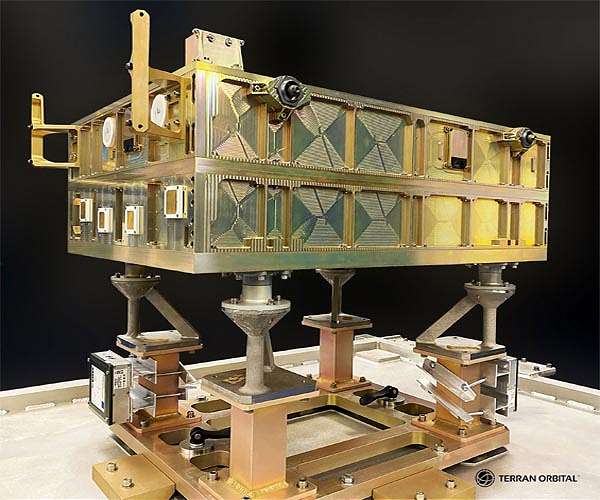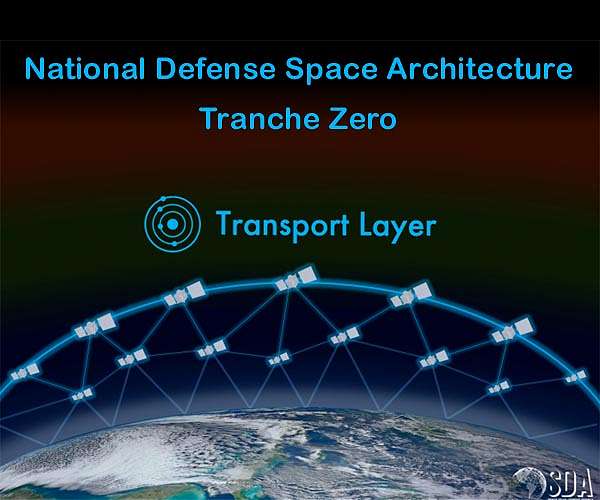Control was provided by a 12-piece, segmented, variabletrim
flare and small rocket thrusters mounted on a spherical
aft end behind the flare. Individual control flaps, as depicted in
the NACA glide vehicle concept in figure 9, could not withstand
the severe heating, so the flare/thruster system was designed.
The flare changed the vehicle trim angle of attack, and the
thrusters provided angle-of-attack transient control. Like the
122B Alpha Draco, the 122E was slowly rolled to provide uniform
heat distribution. Guidance was provided by an inertial
navigation system and digital computer.

